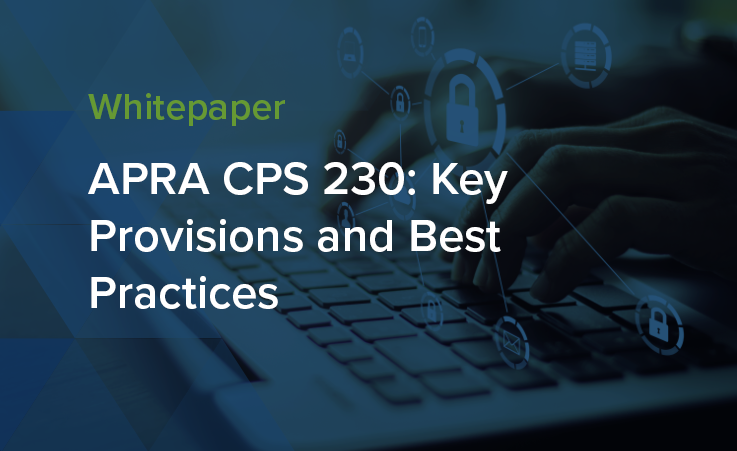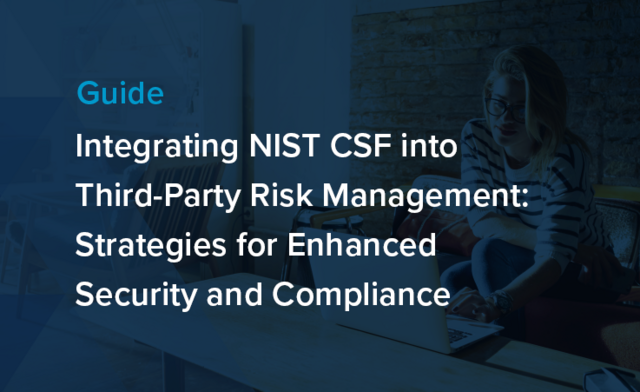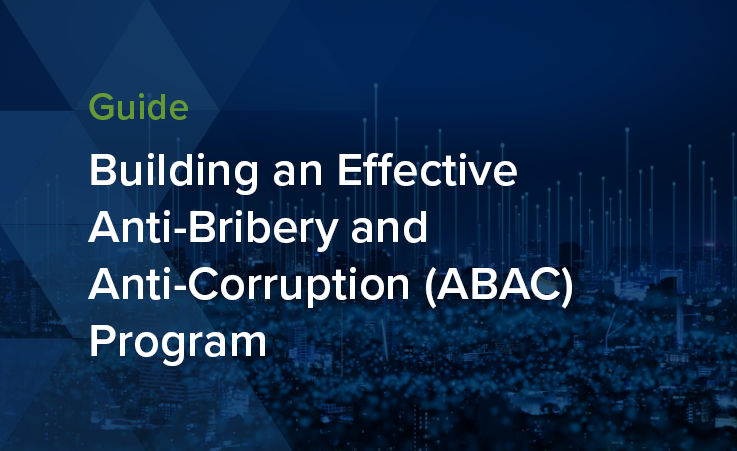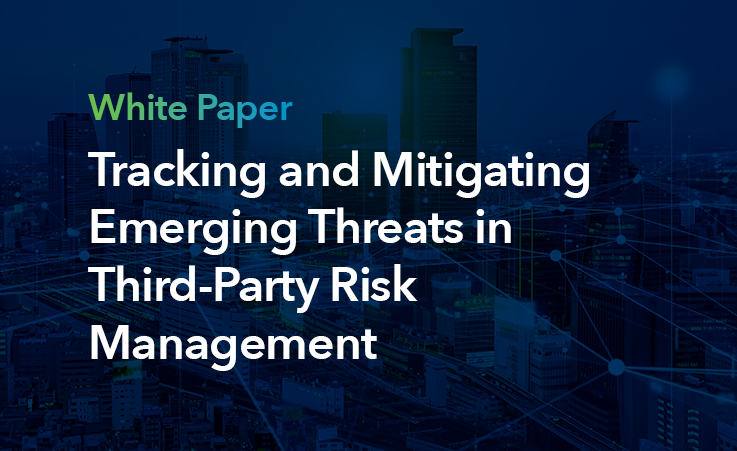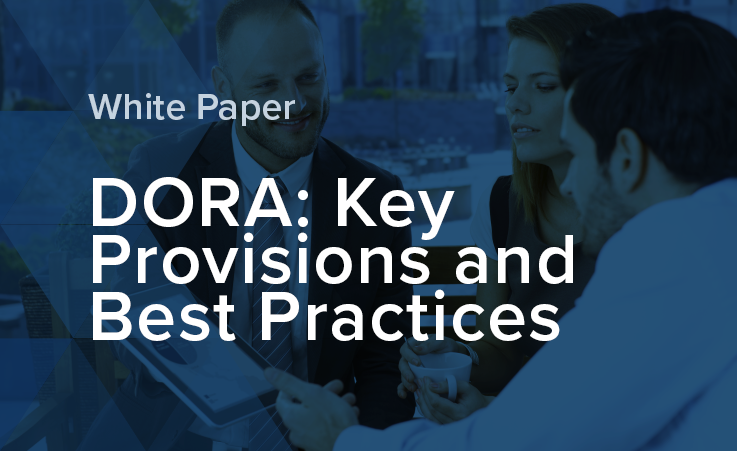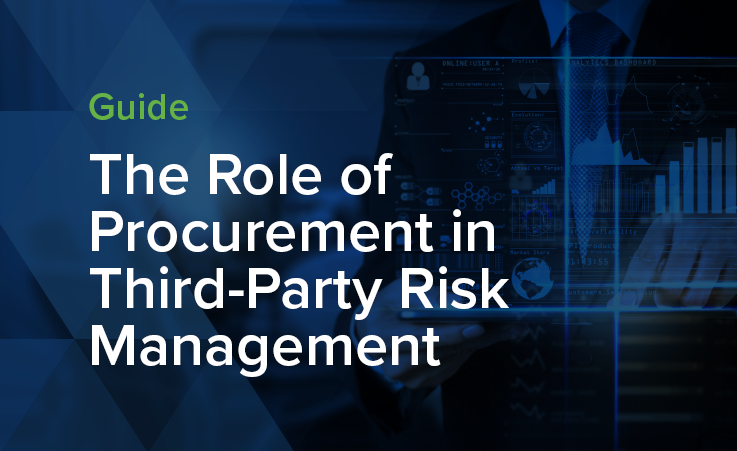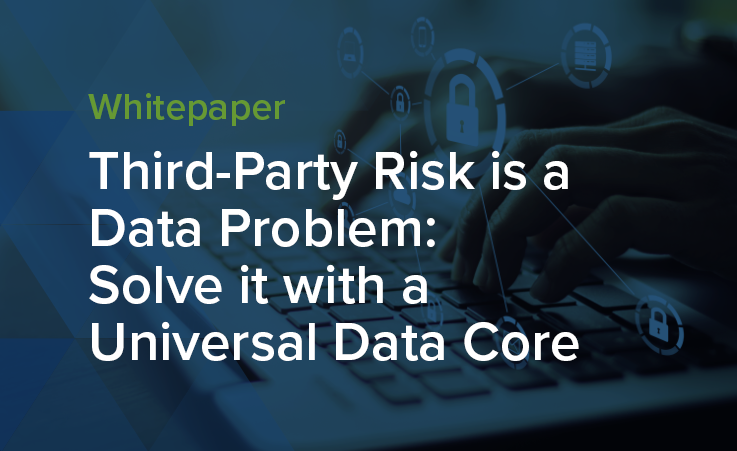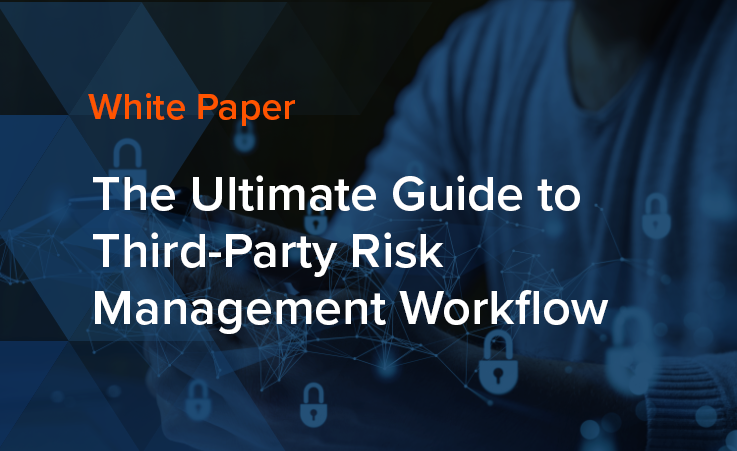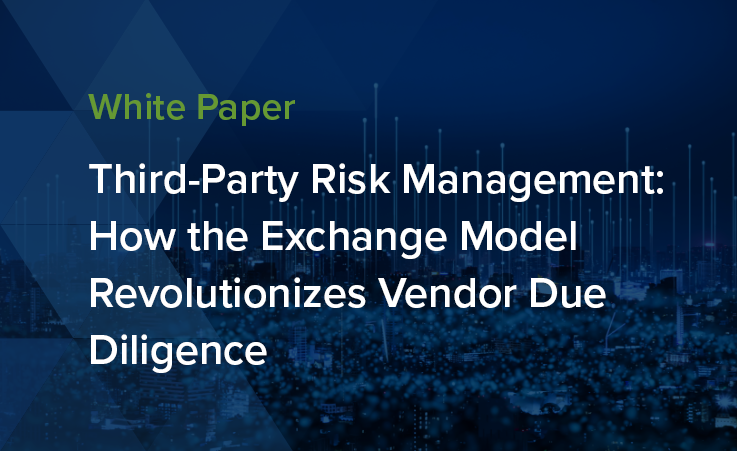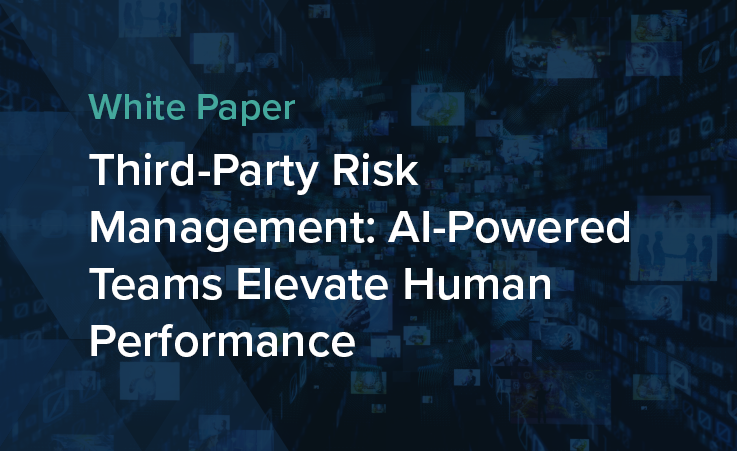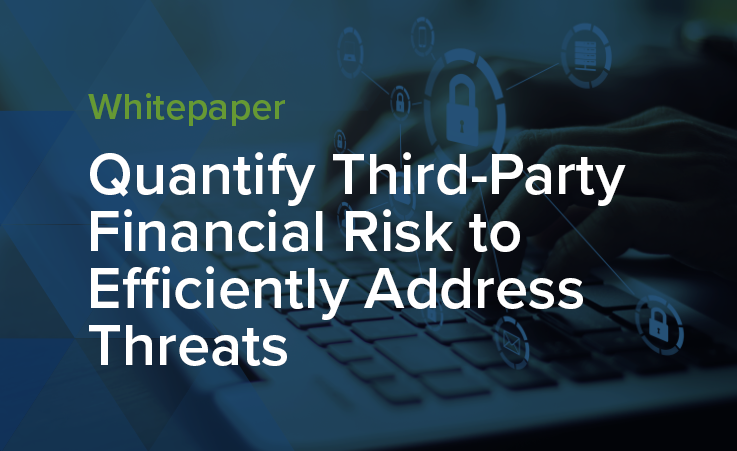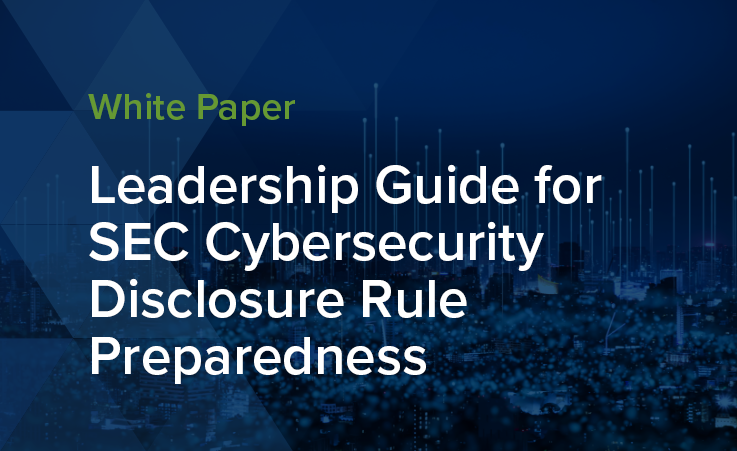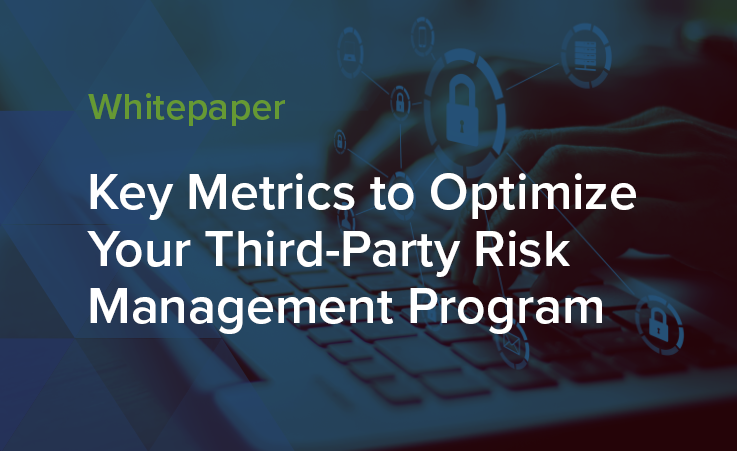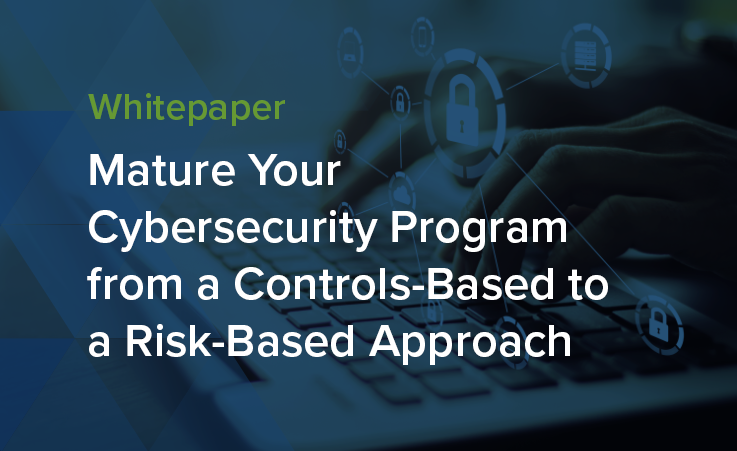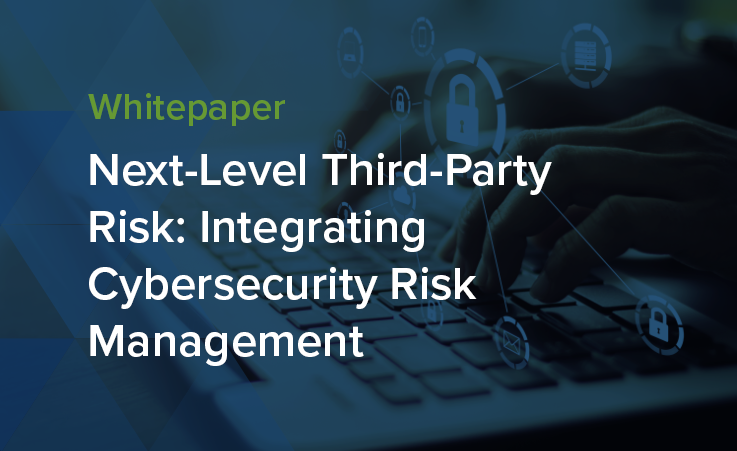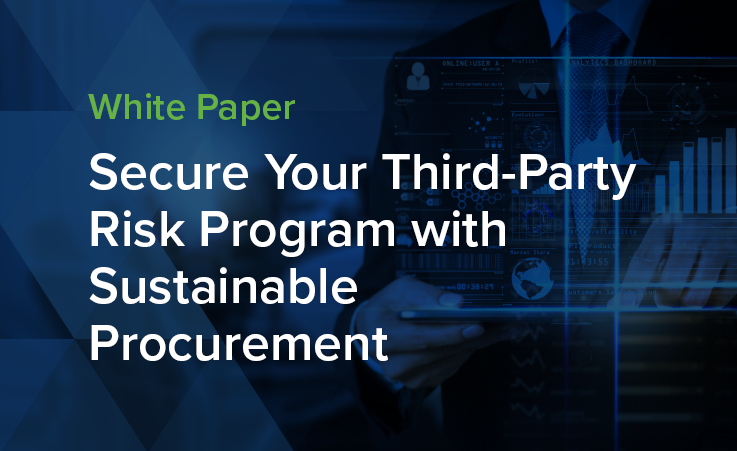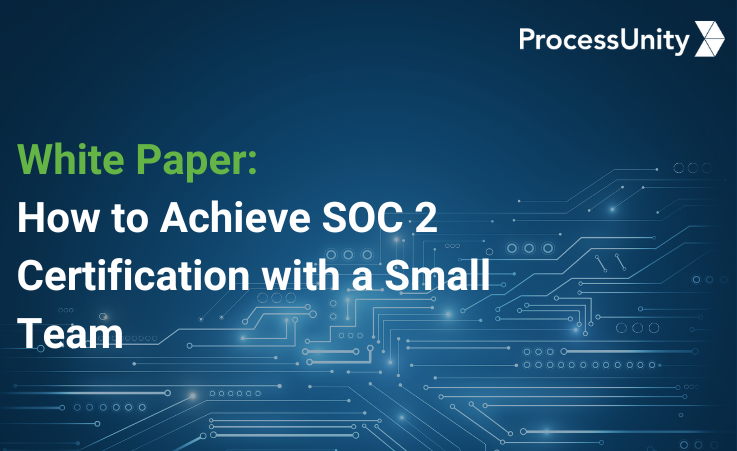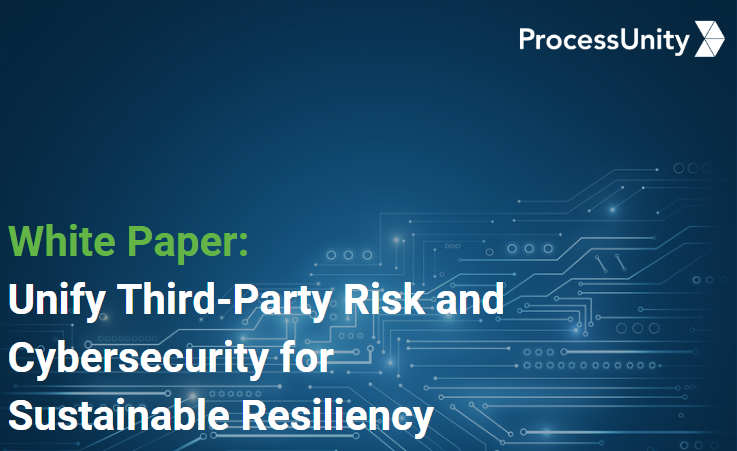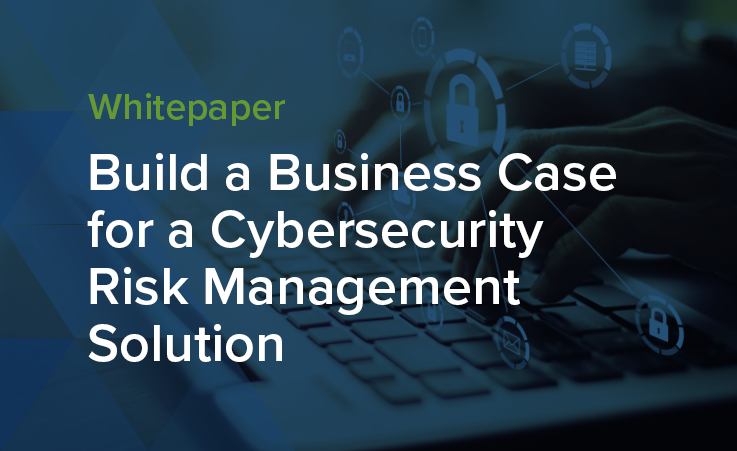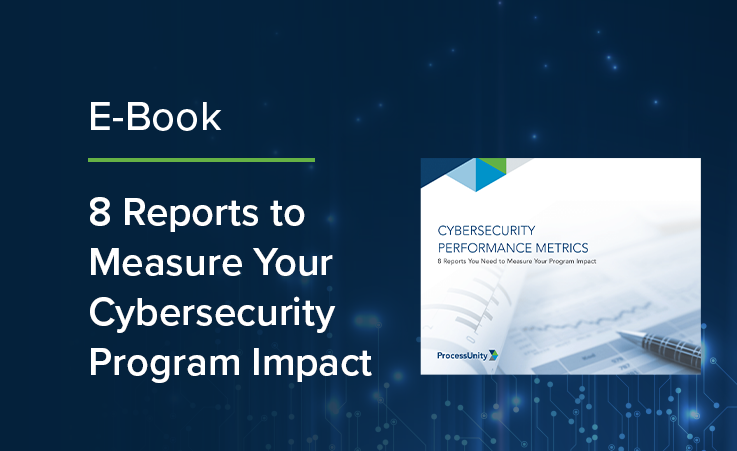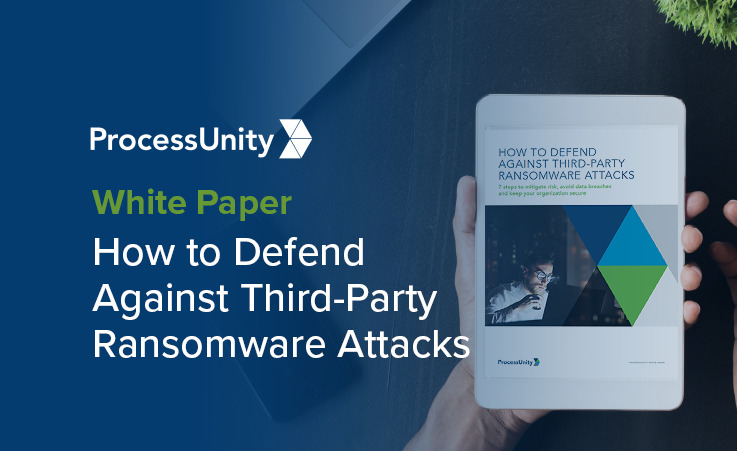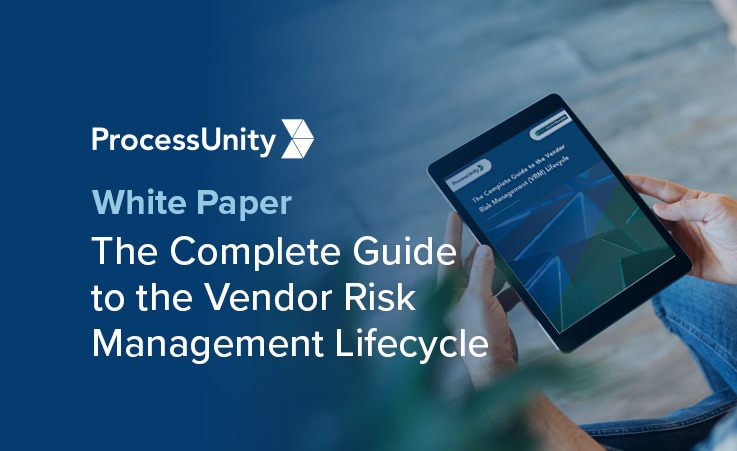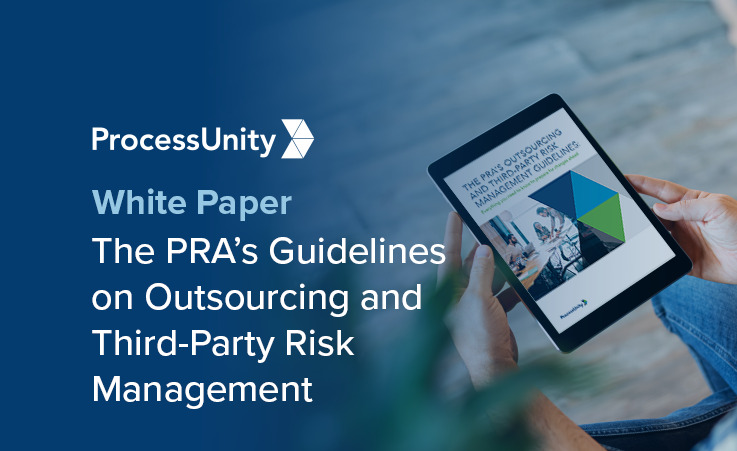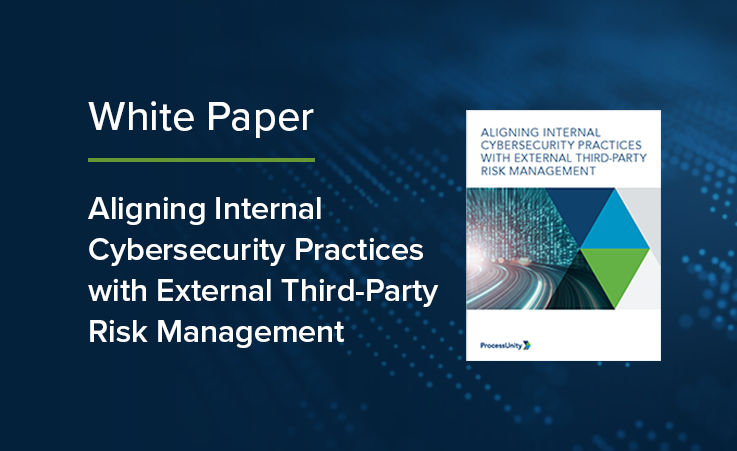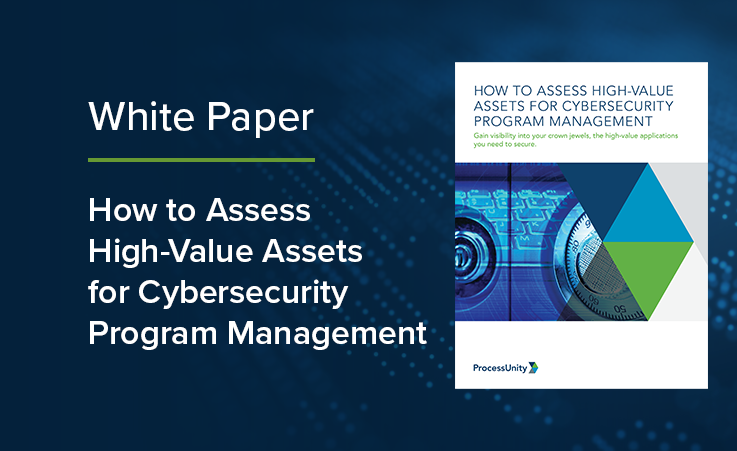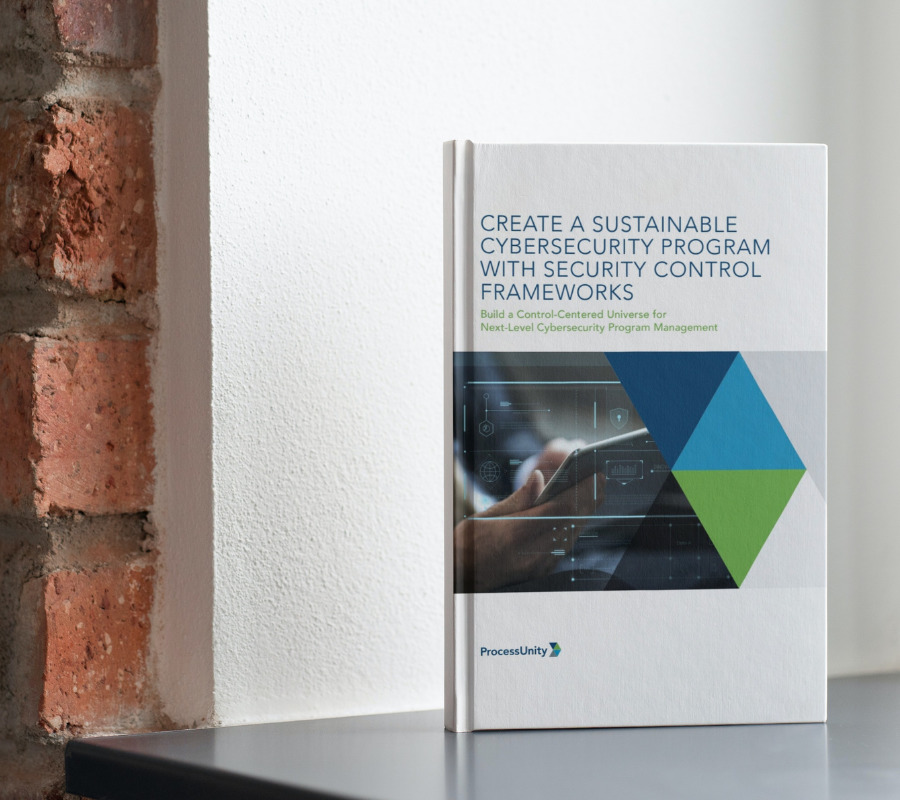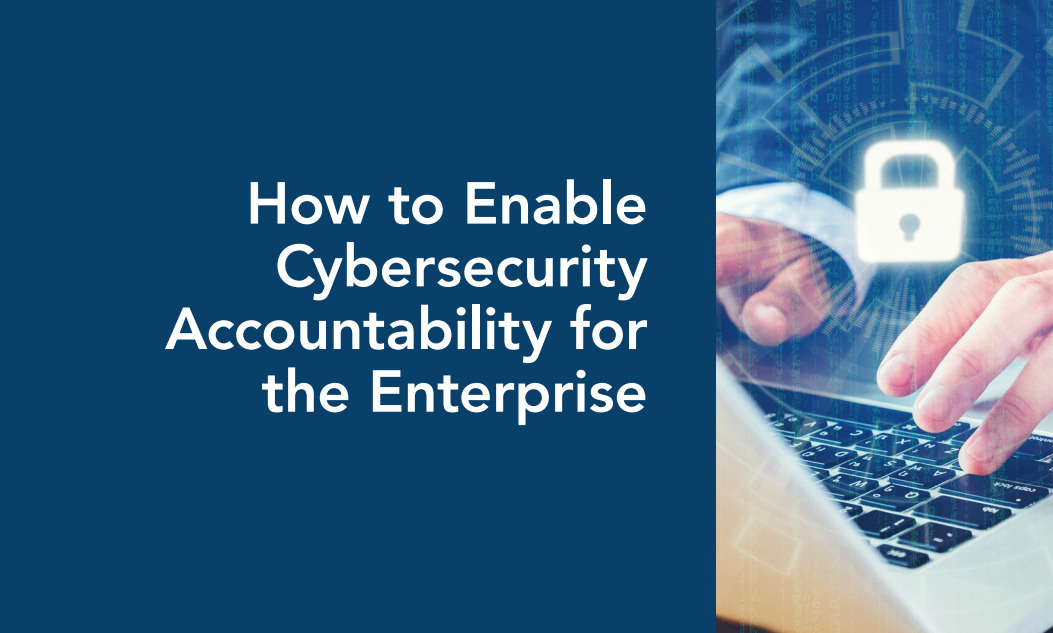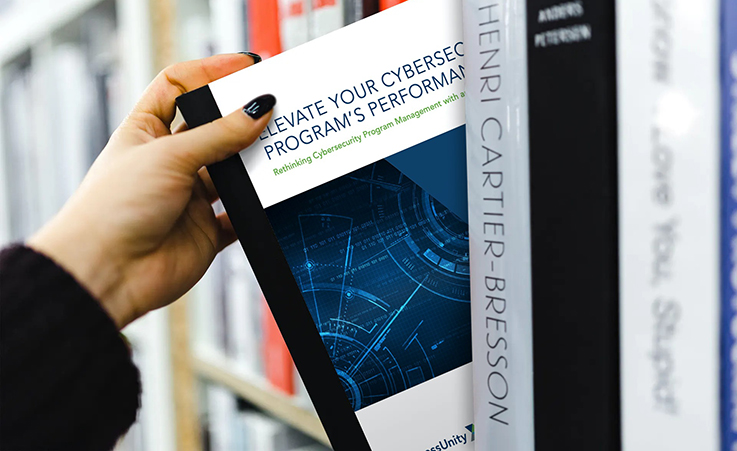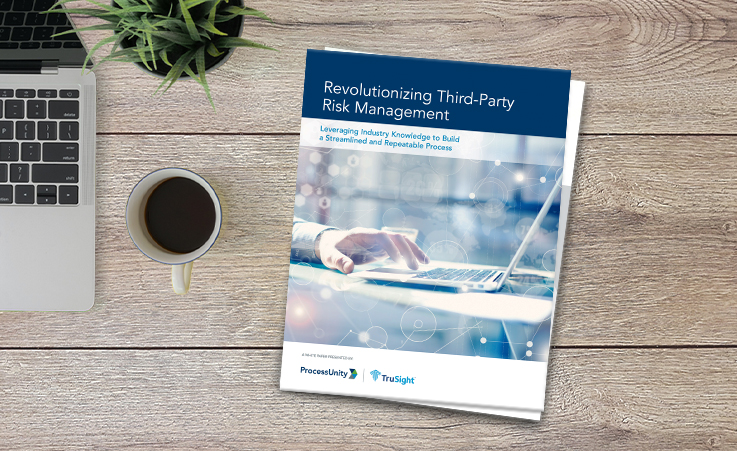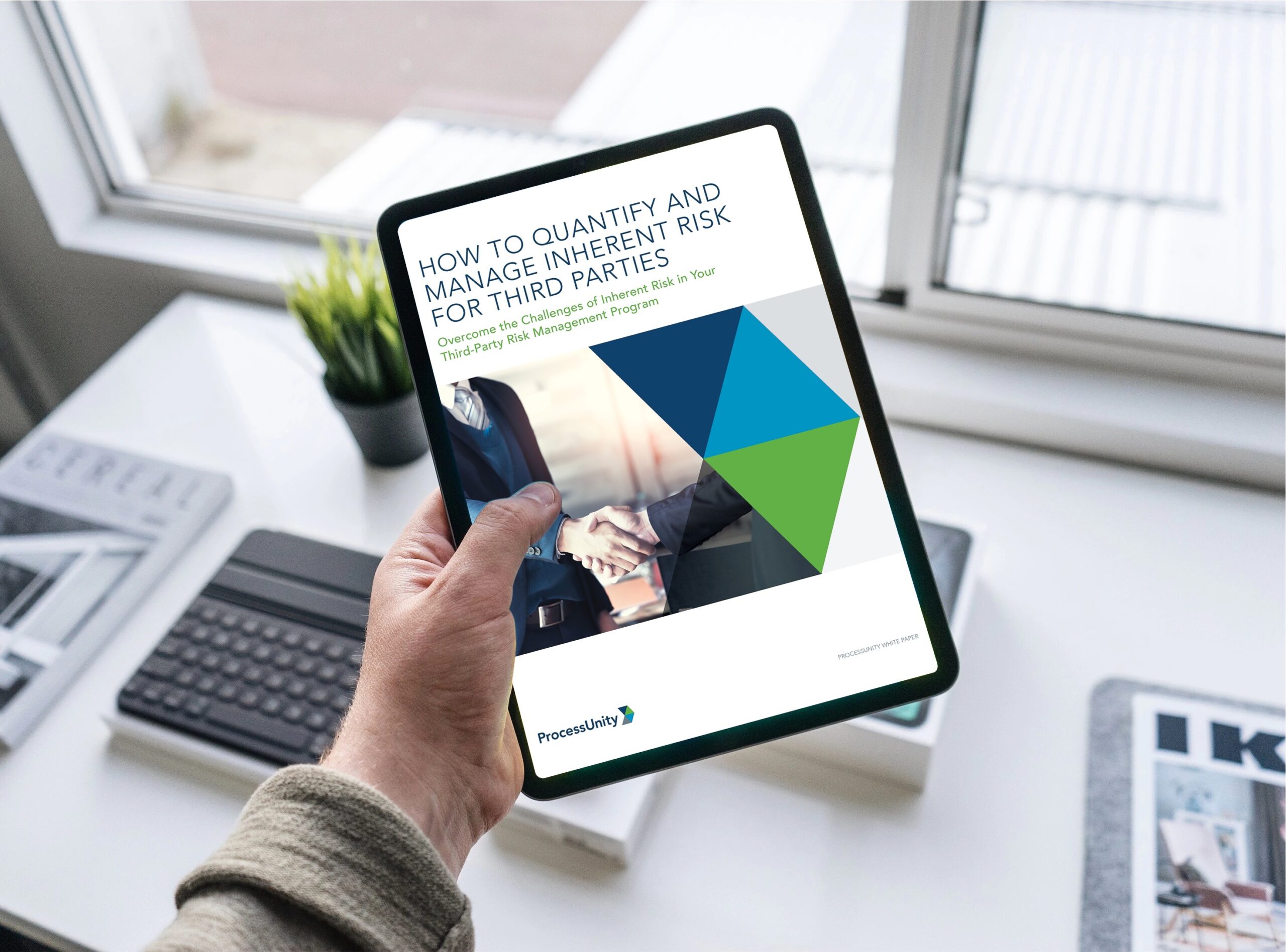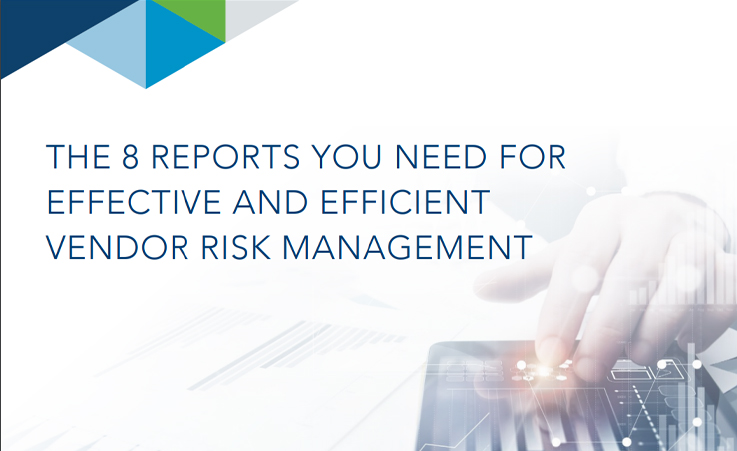When organizations use a standard scoring model for Vendor Risk Management, consistency increases, subjectivity decreases and the processes within the program become quicker and more efficient. A consistently used scoring model helps in the prioritization of depth and reach in due diligence. It improves the overall effectiveness of risk mitigation because resources are directed toward the riskiest vendor relationships. ProcessUnity’s vendor risk management best practices guide outlines the latest thinking in vendor risk scoring and scoping as well as key information on how to:
- Rank vendors by criticality
- Increase quantity and quality of vendor self-assessments
- Remediate issues faster
- Assess overall vendor performance
- Quickly compile reports for management and regulatory reviews
Another part of the paper looks at inherent risk vs residual risk while yet another looks at numeric scoring vs issue-based scoring… but I’m not going to tell you about that because The Best Practices Guide to Vendor Risk Scoring is worth the read and I don’t want to spoil the end!
One key takeaway from this ebook is to “keep it simple.” Scoring doesn’t have to be complicated and complex but should grow with your vendor program and iterate over time.
Click to download: The Best Practices Guide to Vendor Risk Scoring
Related Articles

Third-Party Risk Management in Financial Services:...
Strengthen Your TPRM Program with Proven Strategies That Drive Risk Visibility and Control Financial institutions..
Learn More
GRC 20/20: ProcessUnity Global Risk Exchange...
Discover how ProcessUnity's Global Risk Exchange revolutionizes third-party risk processes, saves time, enhances collaboration, and..
Learn More
There’s a Better Way: Solving Data...
Managing third-party risk assessments can be time-consuming, complex, and resource-intensive. The ProcessUnity Global Risk Exchange..
Learn More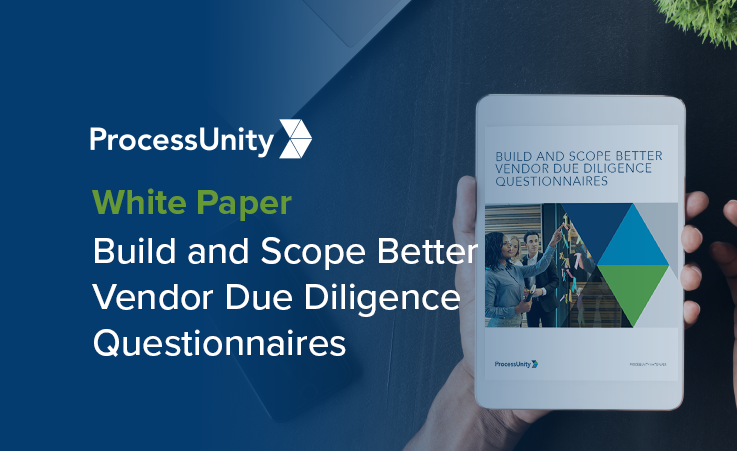
Build and Scope Better Due Diligence...
Vendors are a fact of the modern workplace, but they can bring serious security risk..
Learn MoreAbout Us
ProcessUnity is a leading provider of cloud-based applications for risk and compliance management. The company’s software as a service (SaaS) platform gives organizations the control to assess, measure, and mitigate risk and to ensure the optimal performance of key business processes. ProcessUnity’s flagship solution, ProcessUnity Vendor Risk Management, protects companies and their brands by reducing risks from third-party vendors and suppliers. ProcessUnity helps customers effectively and efficiently assess and monitor both new and existing vendors – from initial due diligence and onboarding through termination. Headquartered outside of Boston, Massachusetts, ProcessUnity is used by the world’s leading financial service firms and commercial enterprises. For more information, visit www.processunity.com.



